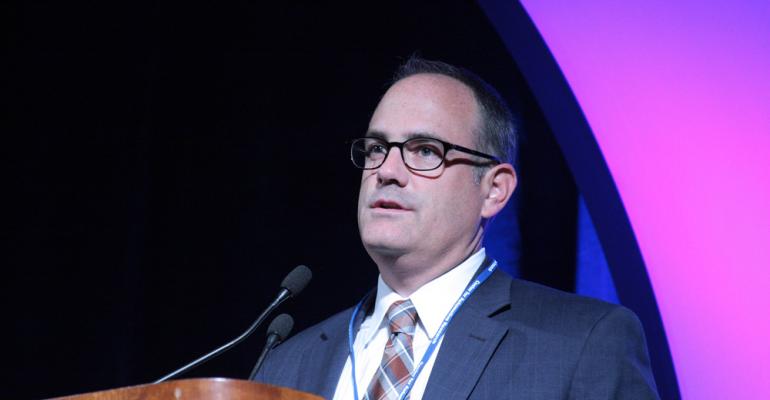TRAVERSE CITY, MI – Recovering U.S. light-vehicle sales will pass the 16 million-unit mark by 2015, says Jeff Schuster, senior vice president-forecasting for LMC Automotive.
That’s expected to be a sweet 16, compared with the last time the industry saw sales that high in the pre-recession year of 2007. Deliveries hit a low point of 10.6 million in 2009.
Today, as LV sales climb, Schuster foresees 14.3 million units this year, 15 million in 2013, 15.9 million in 2014 and 16.4 million in 2015.
“We’ll come close to breaking the 16 million barrier in 2014, but actually do it in 2015,” he tells WardsAuto at the Center for Automotive Research’s Management Briefing Seminars here. However, this time it will be different: “They will be healthier sales.”
Credit for that goes to auto makers doing a better job of matching supply to demand and keeping fleet sales below 20%. Excessive inventories and too many fleet sales were sins of the past that got many auto makers in trouble.
“Prices are up and incentives down,” Schuster says. “That has created a healthier financial situation for auto makers, but it has put some pressure on volume. However, I don’t see things going negative.”
Keeping his eye on the crystal ball, he predicts vehicle sales will hit 17 million units by 2018. The last time that happened was six years ago.
Schuster offers a “musts” list for long-term automotive growth:
- The economy needs to cooperate.
- The housing market must recover, which it is, however slowly.
- Credit must remain available and at reasonable rates.
Schuster anticipates global sales of 80 million units this year, a 5% increase compared with 2011. Bright spots are the U.S. and Asia. In contrast, “Europe and parts of South America, led by Brazil, are in negative territory.”
By 2019, he predicts Toyota will be the world’s top-selling auto maker, followed by Volkswagen, Renault-Nissan, General Motors, Hyundai/Kia and Ford.
Meeting stricter federal fuel-economy mandates of the future could increase the cost of vehicles $1,300 to $4,000 per unit, as auto makers use advanced technology and alternative fuels to meet those standards.
But Schuster says consumers show little interest in electric vehicles, as evidenced by low sales. He puts more hope in plug-in hybrid vehicles. “EVs get all the attention but plug-ins make more sense.”
EV and plug-in hybrid deliveries will reach 1.1 million units by 2017, for a combined global market share of about 1.5%, Schuster predicts. Regular hybrid vehicles will see a 7% share.
“Many people say they consider alternative-fuel vehicles, but few actually buy them,” he says. “There still is a lot to be done with internal-combustion engines to increase fuel economy and efficiency.”
Baby Boomers delaying retirement, and thus increasing their disposable income, have helped car sales, he says. Conversely, “Millennials delaying adulthood” and living with their parents haven’t helped the cause of selling cars.
Some Millennials still reside in the family homes because they are economically strapped, Schuster tells WardsAuto. “But others just want to stay.”




